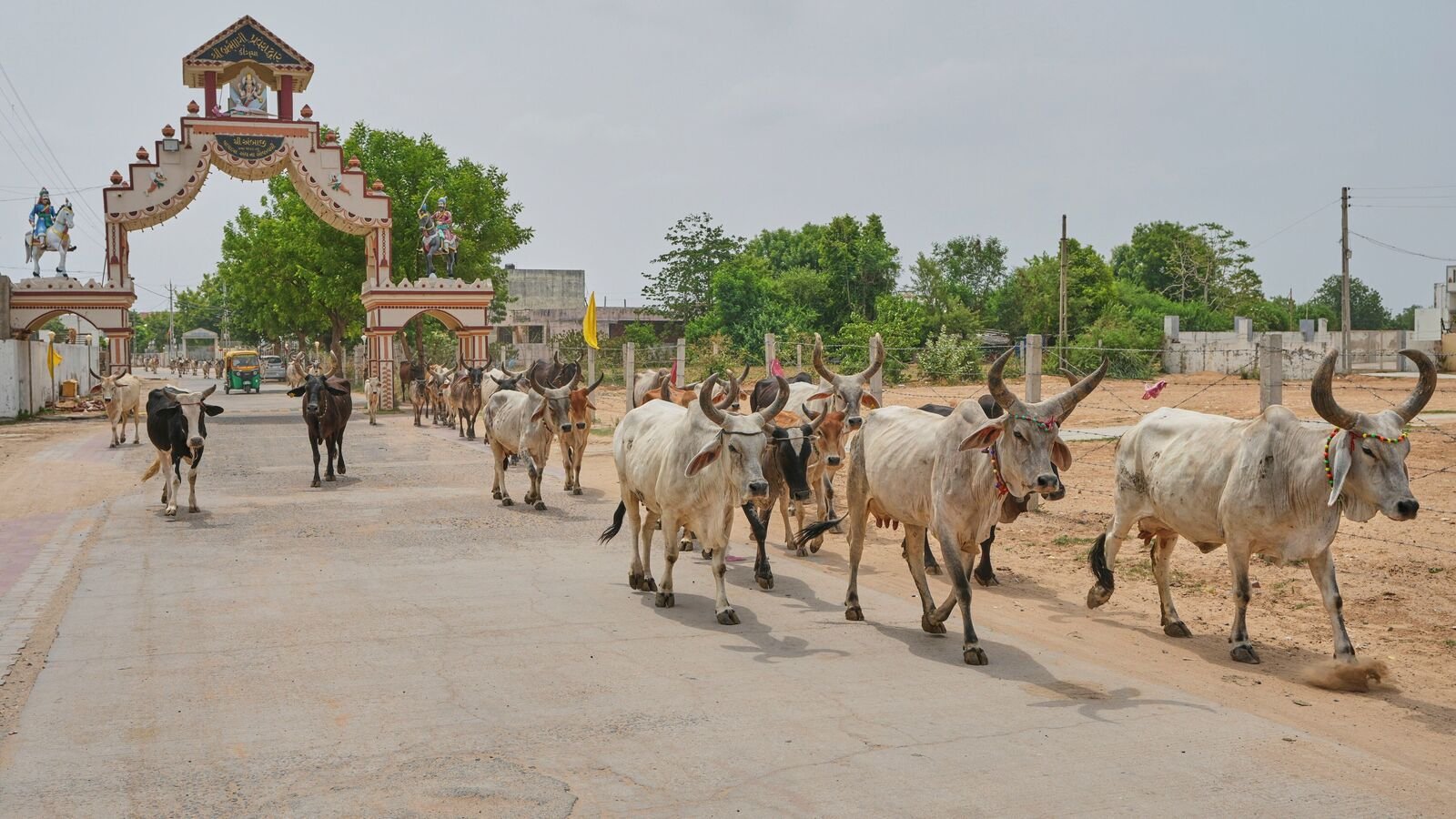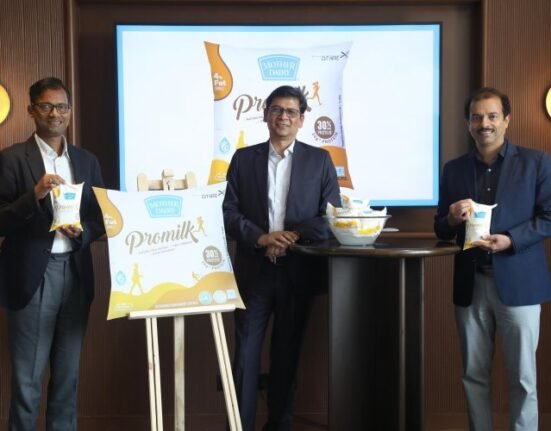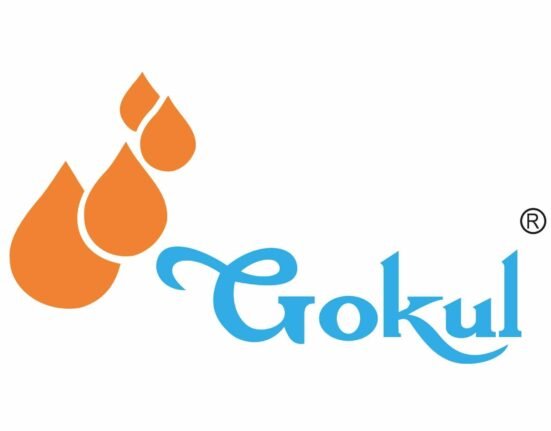As India refrains from finalizing a trade agreement with the United States, several sectors—including dairy—are facing the ripple effects. While the broader impact spans multiple export categories such as seafood and manufactured goods, the dairy industry, both protected and under pressure, remains central to India’s strategic decisions.
Why India Declined the Deal: Strategic and Domestic Priorities
Though the full terms proposed by the U.S. are not public, India’s decision to continue oil purchases from Russia appears to have been a dealbreaker. In retaliation, the U.S. is set to implement an additional 25% tariff on certain Indian exports effective August 27, 2025.
While sectors like seafood—which account for 35% of its exports to the U.S.—are directly affected, the Indian dairy sector is indirectly impacted through potential import conditions that could have allowed low-duty dairy imports from the U.S., potentially affecting millions of domestic dairy farmers.
Dairy Imports vs. Domestic Livelihoods: A Delicate Balance
India, the world’s largest milk producer, has opted against opening its dairy market to low-cost imports, citing the need to protect rural livelihoods. With over 80 million dairy farmers, mostly smallholders, low-tariff imports could severely undercut local pricing and threaten the stability of their incomes.
The government has maintained its stance: dairy imports will not be used to meet domestic demand, even during festive spikes, unless strict conditions are met. This includes sourcing milk from pasture-grazed, non-meat-fed cattle—a certification currently uncommon in U.S. dairy production systems.
Premium imports may be reconsidered if ethical and health-based certifications are introduced—such as hormone-free labelling or assurances of sustainable animal rearing practices.
Food Safety: Domestic Market Faces Growing Threat from Adulteration
While India maintains its stance on dairy imports, domestic quality control remains a pressing concern. Despite FSSAI guidelines, fake and adulterated dairy products—including synthetic paneer and mislabelled cheese—continue to flood markets, especially during festivals.
This growing issue erodes consumer trust and jeopardises health, even as the country produces more than 220 million metric tonnes of milk annually. The problem lies not in supply, but in the enforcement of food safety norms and the curbing of counterfeit distribution networks.
Can Indian Dairy Products Reach the EU?
Despite being the world’s largest milk producer, India’s dairy exports to the European Union remain negligible. The EU is one of the most lucrative dairy markets globally, but Indian dairy products currently face stringent regulatory and market access barriers.
Key Barriers:
- No EU Approval for Indian Dairy Plants: No Indian dairy plant is currently on the EU’s approved export list.
- Strict Animal Feed & Hormone Rules: The EU demands certification on hormone-free, pasture-fed cattle.
- Traceability and Quality Control Gaps: Most Indian milk originates from smallholder farms that lack EU-grade documentation.
- Residue Limits: EU tolerance for contaminants is much stricter than Indian standards.
- Packaging & Labelling: Indian exporters must comply with detailed EU labelling, nutrition, and sustainability laws.
What Must Change:
- India needs to secure EU inspection and approval of select dairy facilities.
- A national traceability and hormone-free certification program should be implemented.
- FSSAI standards need to be aligned with EU residue and hygiene requirements.
- The India-EU Free Trade Agreement (FTA) should include structured provisions for market access in the dairy sector.
High-Value Opportunities:
If approved, India could export:
- Ghee as a premium ethnic product
- Paneer for diaspora and health-focused consumers
- Organic milk powder and probiotic dairy
- Functional/Ayurvedic dairy beverages
Looking Ahead: Competing Globally While Safeguarding Locally
India’s dairy industry stands at a critical juncture. By rejecting trade terms that compromise sovereignty and livelihood, the country preserves its rural economic backbone. However, the lack of global competitiveness, inadequate food safety enforcement, and inconsistent export policies may hinder long-term growth.
Exploring new export markets, such as the EU, UK, Japan, China, and West Asia, is underway. Simultaneously, boosting domestic dairy demand, particularly through policy support and efforts to build consumer confidence, will be crucial.







